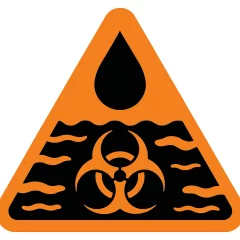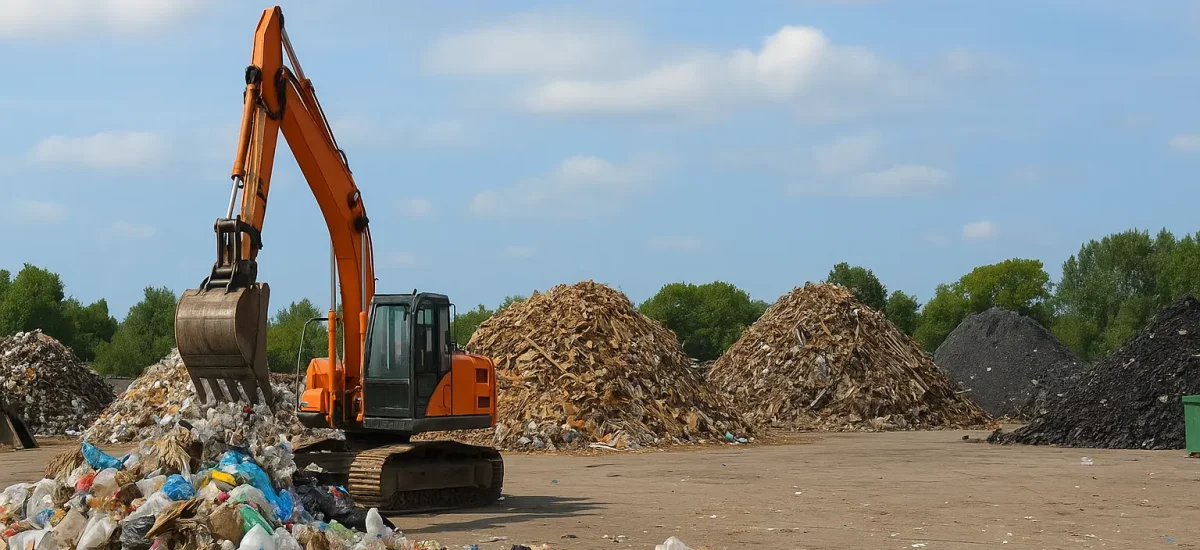Note: This is a fictional first-person review based on documented history, public reports, and community accounts. It’s written as a story so the details feel real, but it’s not a record of my own life.
First, what is this thing?
Picture long black coffee moving through a steel straw. That’s a coal slurry line. The Black Mesa coal slurry pipeline ran from the mines on Black Mesa in Arizona to a power plant near Laughlin, Nevada. It mixed ground coal with water, then pushed it west for hundreds of miles. It ran for years, then stopped in the mid-2000s.
From 1969 to 2005 the line stretched 273 miles, sending a roughly 50–50 coal-to-water mixture west while drawing about 3,800 acre-feet of water each year from the Navajo Aquifer—withdrawals that ultimately caused some wells to drop more than 100 feet (USGS factsheet; Senate testimony).
Folks talk about it a lot. Jobs. Water. Dust. Power. It all shows up in the same breath. And honestly, that’s why I’m writing this. For an extended breakdown I put together on the subject, see I rode the line: my take on the Black Mesa coal slurry pipeline.
Where I stood
I “was” the night shift tech in this story. Headlamp. Thermos. A little grease on my sleeves. The pump station hummed like a giant fridge. Gauges sat in neat rows. When they held steady, I could breathe easy. For another operator's candid look at the control-room life, read I ran a coal slurry pipeline—here’s what it’s really like.
Did I love it? Sometimes. Did it bug me? Often. Both can be true.
What worked well (and surprised me)
- Less flying dust. Slurry kept coal wet, so the wind didn’t blow black powder across the desert like you see near some rail sites. My nose and lungs? Big fans of that part.
- The pumps were steady when tuned. You keep the line primed and the flow smooth, and it’s almost boring. In a good way. No rattles. No big bangs.
- Fewer trucks on the road. That meant fewer brake squeals and fewer near-misses at dawn. The desert felt a bit quieter.
You know what? The simple stuff mattered. A clean manifold. A gasket that sealed. A good shift handoff. Those small wins felt big.
What hurt (and kept me up)
- Water, water, water. The mix needed a lot of it, and it came from a deep, old aquifer under Navajo and Hopi lands. People worried. Some wells showed drops. Springs ran slower. Even if you didn’t see it on day one, you felt it in your gut.
- Leaks were a mess. When a line fails, it’s not like a tap. It’s mud and coal paste, heavy and sticky, with crews digging and shoveling like they’re moving wet coffee grounds. Cleanup takes time. It wears you out.
- The math was harsh. Water shipped with coal never comes back. You can treat it at the end, sure, but that water isn’t in the ground where it started. That fact sat heavy on my chest.
If you want to see how other communities track similar risks, the case studies at Sludge Safety lay it all out, graphs and all. A neighbor who shared a house tap with the line once wrote about those daily worries in I lived with the Arizona coal slurry pipeline water project—here's my take.
I know that sounds blunt. It is.
A night I still picture
A summer storm rolled in. Lightning cracked. Power blinked. Backup kicked on, a deep rumble that rattled my teeth. Flow dipped, alarms chirped, and the line shuddered, then steadied. We checked valves, felt for heat on the flanges, and logged our numbers with shaky pens. Outside, rain smelled sweet. Inside, the slurry smelled like wet ash.
No one got hurt. But it reminded me how thin the safety window can feel.
People and place
This line gave steady paychecks. Families bought groceries and school shoes with that money. At the same time, elders talked about the water like it was a living thing. They said it was old and wise. They said you never waste it. Two truths, sitting side by side, not agreeing, but not leaving.
I learned to listen more. Talk less. The desert teaches that.
Pipeline life could also get lonely on off-shift days, and some crew members turned to niche dating sites to widen their social circle beyond the company trailers. If you ever find yourself in a remote post and want to meet Asian singles nearby, this local Asian dating hub offers location-based searches and quick messaging so you can line up a face-to-face without spending your whole day off driving into town. Meanwhile, shift workers who commute back to the Greater Toronto Area and prefer the old-school classifieds vibe often browse the Doublelist personals—the Milton section is especially active and makes it easy to post or respond to casual ads so you can arrange a coffee date (or something more) without burning precious downtime on endless swipes.
When the line stopped
When the power plant closed, the pipeline shut down with it. The hum faded. Some folks lost work. Some said their wells felt better after a while. Some said not yet. The land takes its own time. That’s the plain truth.
Pros and cons, simple and straight
Pros:
- Less coal dust in the air than dry hauling
- Fewer truck miles
- Smooth, reliable flow when maintained
Cons:
- Heavy draw on a fragile aquifer
- Messy, hard-to-fix leaks
- Community stress over water and health
- When the plant closed, jobs went with it
Who should care now?
- Water planners who count every drop
- Engineers who like clean flows but need to think past the pipe
- Communities weighing jobs against long-term water
- Students learning why cause and effect isn’t neat
Here’s the thing: moving coal by water works on paper. In a dry place, the paper isn’t the land. The land tells you if it’s fine. Or not.
My plain verdict
The Black Mesa coal slurry pipeline was clever but costly. It moved coal well. It used water we should treat like gold. I can praise the engineering and still say the trade wasn’t fair to the aquifer. Those two lines can sit together.
Would I sign off on a new one in a desert? No. Not unless the water was truly surplus, and proven so, and the community said yes, loudly and clearly. Even then, I’d squint hard at it.
I keep a small jar of desert sand on my desk. It reminds me to ask one more question, to check one more gauge, and to listen when people talk about home.

